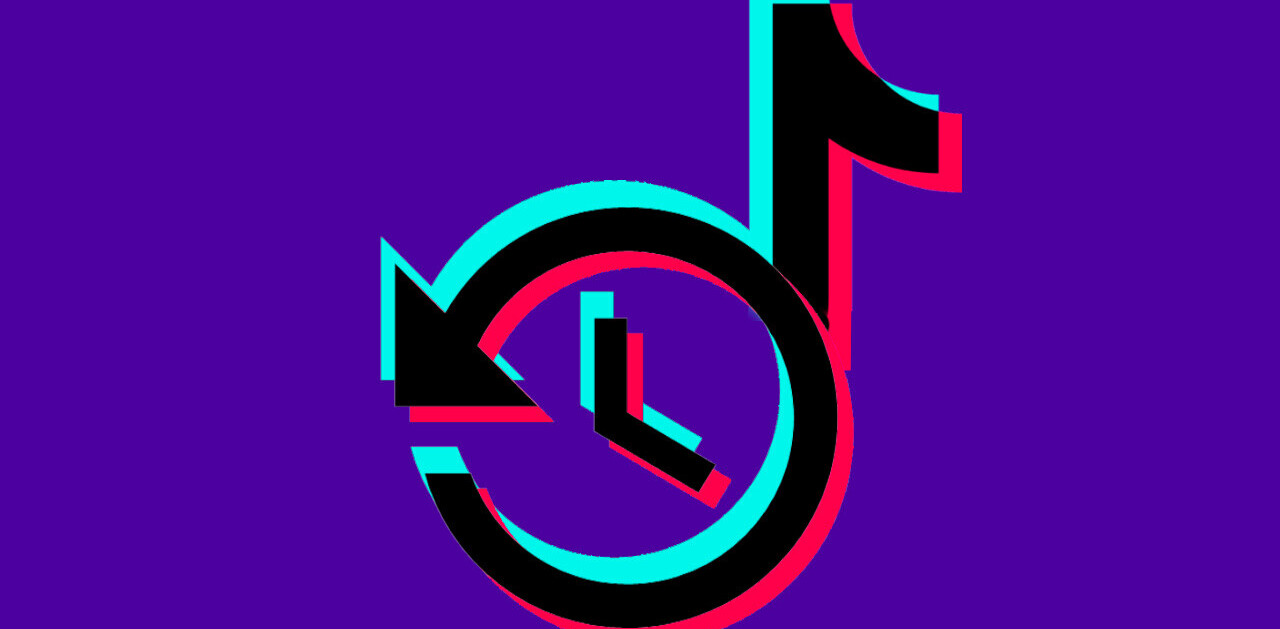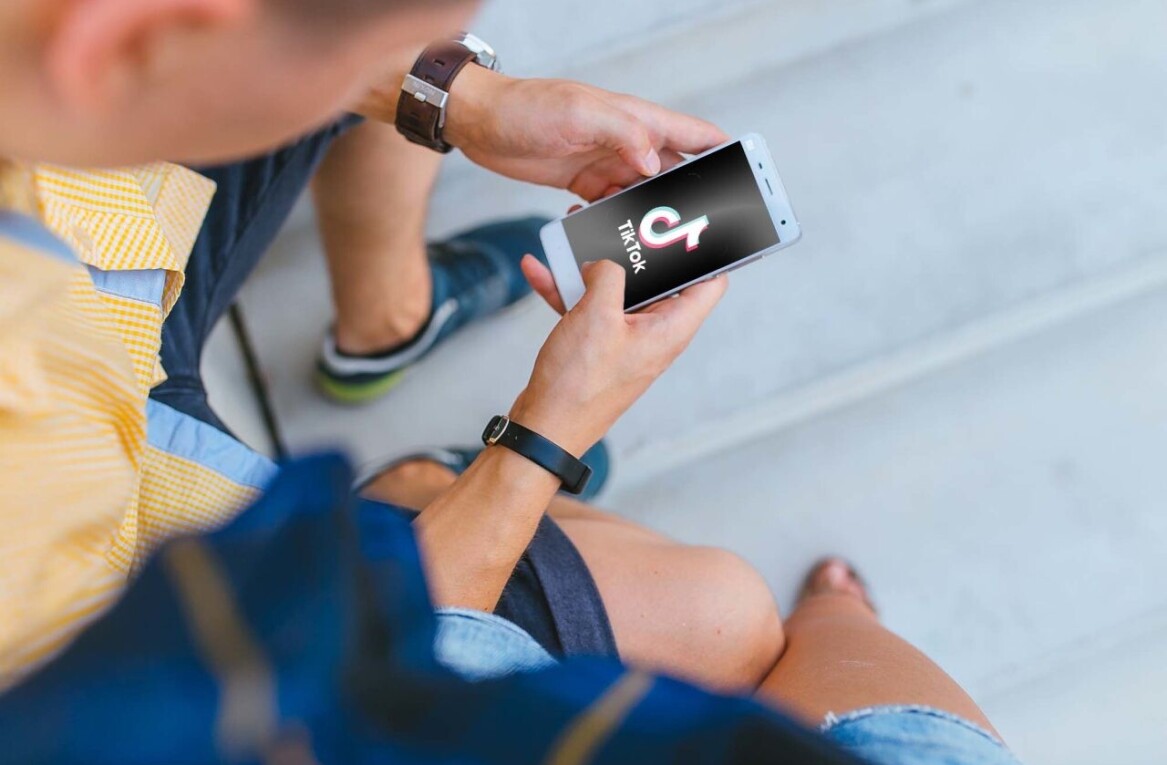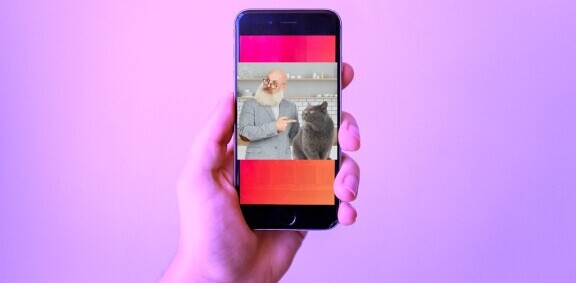
In 1998, when Aaron Greenspan was a freshman in high school he started his first company, Think Computer Corporation. In 2001, he began his studies at Harvard College and created a Web service called houseSYSTEM with a social networking featured, which he called The Facebook. houseSYSTEM predates Facebook.com by 4 months and Mark Zuckerberg was even an early subscriber. Greenspan retells the story in his self-published book, Authoritas: One Student’s Harvard Admissions and the Founding of the Facebook Era. He eventually settled with Facebook, Inc. in 2009.
Since then he has been working full-time on FaceCash, which is a mobile payment system that promises to eradicate our need for fat wallets and plastic credit cards. FaceCash officially launched at the NACHA conference in Seattle, WA in late April, 2010 and has over 500 users signed up, mostly in the Palo Alto area. We caught up with Greenspan this week to discuss his facial recognition mobile payments platform and what it means for our future.
CBM: Why is facial recognition a smart way to handle mobile payments?
Aaron Greenspan: During my freshman year, I studied facial recognition in a seminar with Professor Ken Nakayama, who does research in Harvard’s Psychology Department. One of the things that struck me was how incredibly fast most people–(“most” because there is a tiny percentage of the population that suffers from a disease called prosopagnosia)–are able to recognize faces. It doesn’t matter what language you speak, how much education you’ve been able to complete, or generally how old you are; facial recognition is just one of those things we have evolved to be able to do incredibly quickly and relatively inexpensively, meaning that it requires almost no conscious effort. All of these facts combined make it a really good method for identity verification, when combined with some other security tokens such as a PIN number and e-mail address. What we have *not* evolved to be able to do is recognize the handwriting of other people–and of course that’s how identity verification (barely) works in the payment industry today.
Watch this video to see how FaceCash works:
CBM: How will you monetize and have you raised any funding?
AG: We’re self-funded at the moment. Our model is to charge 1.5% flat per transaction, with no additional fees, for sales that go through the FaceCash system. This ends up saving most merchants 50% – 80% off the interchange fees they currently pay, depending upon their transaction size. At a coffee shop, it’s also much cheaper than competitors that charge something like a $0.25 flat fee per transaction, and it’s definitely cheaper than companies like Square, which charge rates over and above average interchange fees. We also earn revenue from coupon listings (but only when consumers actually use them, so it’s free advertising for merchants otherwise) and accounting software we can provide for merchants.
CBM: How is FaceCash different from everyone else out there?
AG: First, we have built the entire payment network from the ground up, so unlike a lot of competitors that are seeking some kind of incremental improvement based on the plastic card system, we’re working to completely replace it. It’s a systemic change. Consequently, we can handle the entire payment process from start to finish, which means much lower costs.
- FashCash provides a web-based point of sale (POS) system called FaceCash Register to merchants for free if they don’t have a POS system already, or if they do, their POS vendor can link up with the FaceCash API (see http://www.businesswire.com/news/home/20110720006614/en/Point-Sale-Industry-Standardizes-FaceCash-Mobile-Payments).
- FaceCash Register works with the cash drawers, thermal printers and barcode scanners that most companies rely on, where as Square Register does not. It also doesn’t hold onto funds over and above $1,000 per month as Square does. (These two factors make Square totally unusable for 99.999% of merchants.)
- 1.5% is cheaper than everyone else.
- FaceCash support barcodes and NFC. Barcode scanners are about ten times cheaper than NFC readers, so most merchants like them, but if someone really wants to use NFC anyway, that’s supported by our Android app, provided that the consumer has an NFC-enabled phone.
- FaceCash supports peer-to-peer transfers just like Venmo and PayPal, but its are free, and since it tracks line item data (which no one else does), it makes it a snap to split bills with your friends and get paid back.
- FaceCash supports iPhone, Android, BlackBerry, legacy phones through https://m.facecash.com, and no-phone-at-all or dead battery phones through our printable paper barcode.
CBM: And what makes FaceCash really, really awesome?
AG: Line item data. Knowing what you actually bought without a paper receipt, and being able to split bills easily, is really really awesome.
CBM: Any kinks that still need to be worked out?
AG: We’re working with state regulators to obtain licenses in all the states where we need them. Unfortunately, California is making life difficult for us at the moment!
Signing up is free for consumers, unless you insist on using an unverifiable e-mail address (such as Gmail or Hotmail), in which case, FaceCash charges a $2.99 fee to offset fraud. Merchants pay 1.5% per transaction, and for coupons, 30% or 50% of the coupon value depending on whether it’s used by a returning or new customer. In other words, a $1.00 off coupon would cost the merchant $0.30 for a returning customer, but only when actually used by the customer at the point of sale. Download the free FaceCash apps here.
Read here for: Other Awesome Ways to Pay with Your Phone
Get the TNW newsletter
Get the most important tech news in your inbox each week.




